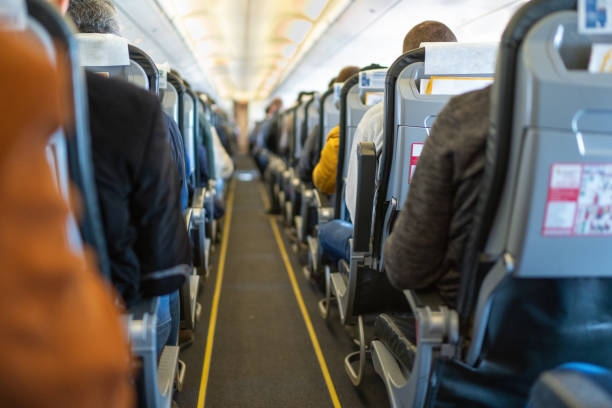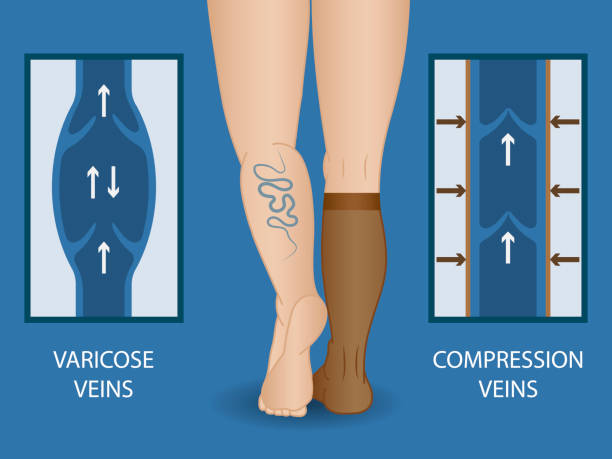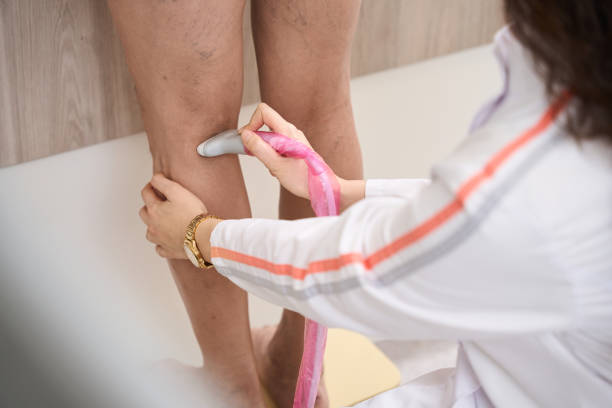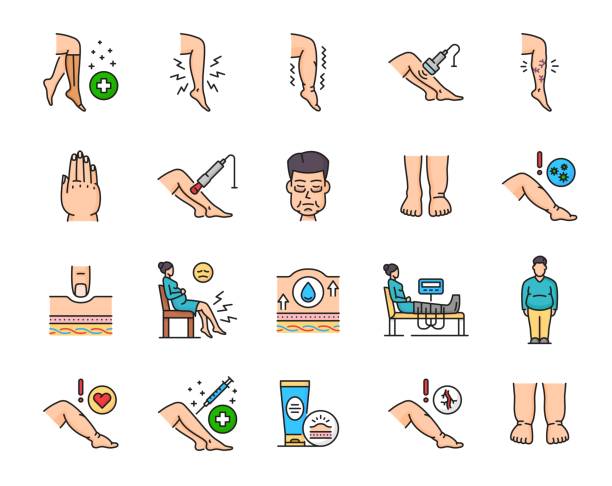By Dr. Alberto Caggiati, Vascular Surgeon – Aventino Medical Group, Rome
Why Legs Swell During Travel
Swelling, tingling, a feeling of heaviness: after a long flight, train ride, or car journey, many people notice their ankles are swollen, sometimes marked by sock lines.
The reason is simple: sitting for a long time slows venous return—the flow of blood from the legs back to the heart. Gravity makes this worse, especially when wearing tight clothing or sitting with crossed legs for extended periods.

Young or Not So Young: Who’s at Risk?
You don’t need to have a diagnosis of venous insufficiency to feel heaviness or swelling in your legs after traveling. Even young, healthy individuals may experience symptoms, especially after long-haul flights.
People with additional risk factors—such as a family history of varicose veins, use of oral contraceptives, smoking, or blood clotting disorders—should be particularly careful. In some cases, deep vein thrombosis (DVT), a serious but preventable condition, may develop.

Helpful Tips to Prevent Discomfort
During a long journey, a few simple precautions can help:
- Drink water regularly and avoid alcohol and caffeine
- Stand up every hour and take a few steps if possible
- Move your feet and calves while seated, mimicking a pumping motion
- Wear graduated compression stockings, carefully chosen
The most effective stockings are graduated compression class I or II, providing stronger pressure at the ankle and gradually less toward the thigh. They should be worn before departure and only removed after arrival. Choosing the correct size and model with medical advice is essential—avoid self-prescribing.

When to See a Specialist
If your legs often swell or ache, even after short trips, it’s advisable to undergo a specialist evaluation. A venous Doppler ultrasound can rule out more serious conditions and help define a personalized prevention and treatment plan.
Travel should never compromise leg health: with just a few simple measures, you can reach your destination light and leave again feeling great.

Not Just Travel Swelling: Possible Diagnoses
Leg swelling may have various vascular causes, not all related to travel. A proper evaluation can distinguish between common issues and potentially serious conditions:
- Chronic venous insufficiency: the most frequent cause, with heaviness, evening swelling, night cramps, and visible varicose veins in advanced stages.
- Superficial phlebitis: inflammation of a superficial vein, often painful, sometimes marked by a red, warm cord under the skin.
- Lymphedema: persistent, typically painless swelling due to lymphatic fluid buildup. It can be primary (congenital) or secondary (post-surgical or post-infectious).
- Deep vein thrombosis (DVT): the most serious condition, causing asymmetrical swelling, a tense, warm, and painful limb. It requires immediate diagnosis and treatment to prevent complications such as pulmonary embolism.
A specialist visit and a venous Doppler ultrasound are essential for correctly identifying the cause of swelling and initiating the right treatment.

Listen to Your Body, Trust Those Who Understand It
Persistent or recurrent swelling should never be ignored. If you notice changes in your circulation or unusual symptoms, book a consultation: prevention is the easiest way to protect your health.
Vascular Surgery – Aventino Medical Group
